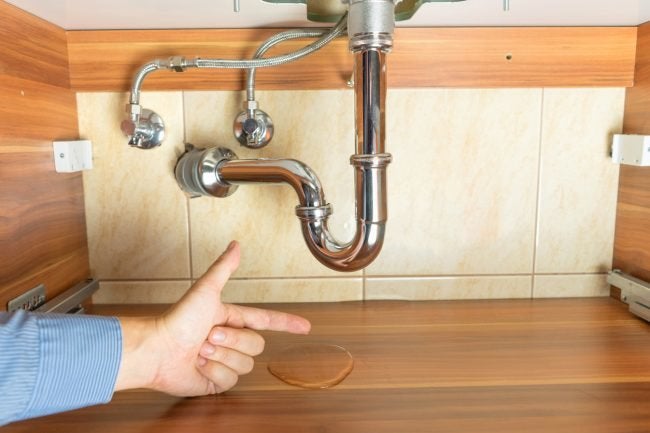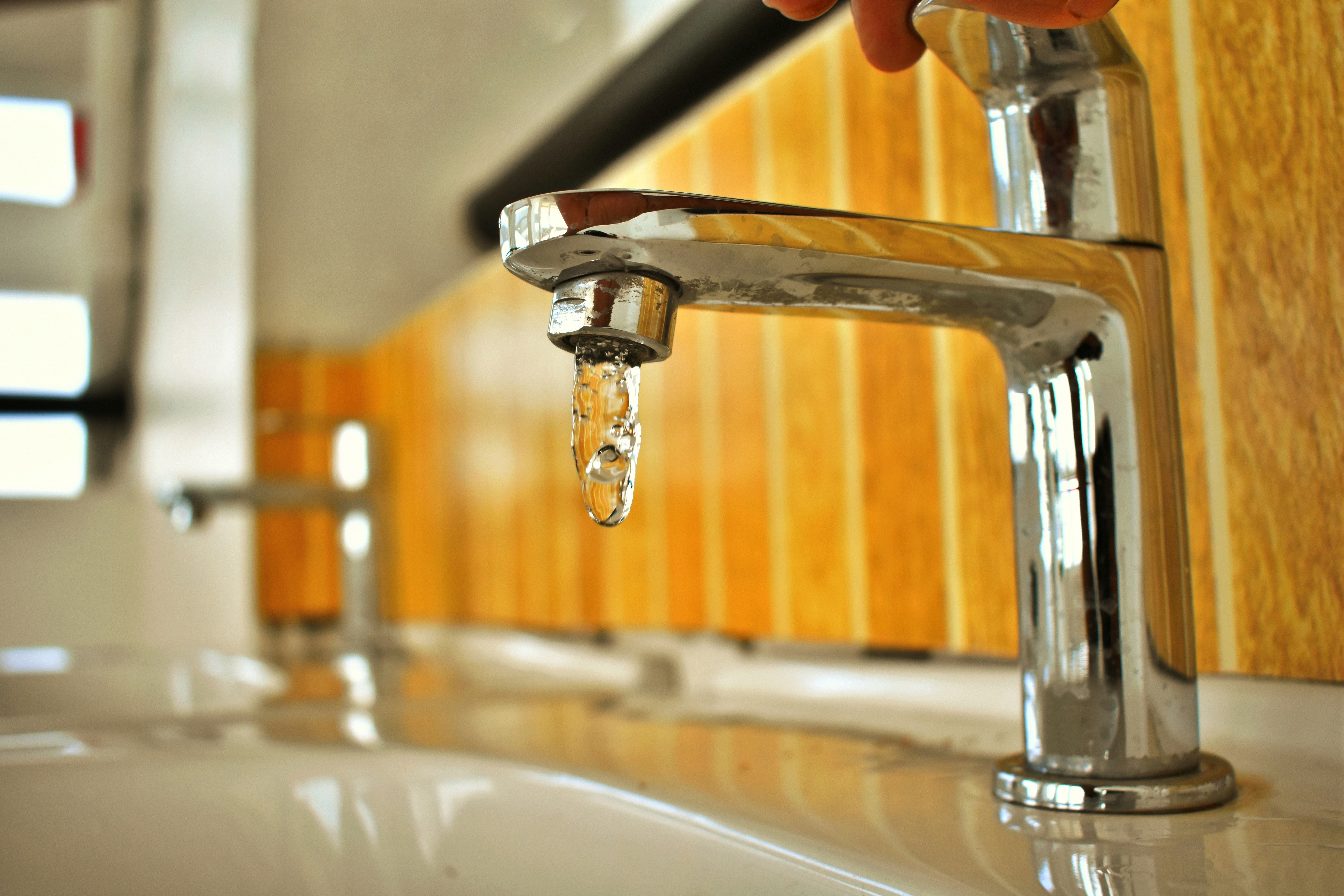Identifying and Handling Bathroom Water Leaks: Essential Insights Every Property Owner Must Know
Identifying and Handling Bathroom Water Leaks: Essential Insights Every Property Owner Must Know
Blog Article
How do you feel in relation to How to Check for Bathroom Leaks?

Washroom leaks are annoying as they disrupt your day's strategy. They differ in seriousness relying on the source of the leak. Yet, you have to prioritize them, as they can swiftly aggravate. It is a relief that the majority of bathroom leaks are very easy to deal with as well as spot, with very little price ramifications.
Having a water leak in shower room can be difficult to the house owner. The post offers as a "first help" when you need an emergency action to a water leak in shower room.
Detection as well as Repair Service of Water Leakage in Restroom
Water leak in shower room generally results from plumbing as well as pipe faults. You may require a fundamental expertise of these leak types to identify the water leakage in bathroom.
Clogged Washroom Sinks
Often, the water leak in shower room arises from sink blockages. This is frequently a hassle to house owners and might be undesirable. Blockages might result from the build-up of soap scum, hair fragments, or debris that clog the drainpipe. It is easy to take care of clogs, as well as you might not require expert abilities.
What to Do
You can use a drain serpent to remove the debris in the drainpipe and let the stationary water circulation. Drain cleansers are additionally available in stores as well as are easy to use. A bettor is also practical in removing your drain. It is a typical house tool and also comes in useful in removing annoying blockages in sinks as well as drains pipes.
Commode Leaks
Sometimes, water leaks from the toilet as well as pools around the bathroom base. It is an eye sore in the washroom and requires punctual attention. Sometimes, it results from a loose connection between the storage tank as well as the commode. This causes water to drip from the cistern to the flooring. It may additionally arise from fractures in the toilet bowl or a faulty shut-off valve.
What to Do
If there are loose bolts in between the tank and toilet, you just require to tighten them. In some cases you may require to reapply wax on the gasket or contact a washroom leak specialist to change damaged or used parts.
Splash Leaks
These typically result from water splashing on the bathroom flooring from the tub. It harms the restroom floor as well as might trigger rot to wooden floorings as well as restroom doors.
What to Do
If the leak has actually damaged the shower room floor or door, you might require to alter these to stop additional damages. The great information is that you can entail a pipes specialist to aid with the shower room repair.
Final thought
Water leakages in the restroom are avoidable events in the residence. Maintenance as well as regular checks help to maintain every little thing in great form. Yet, you can never be as well mindful, and these events still happen. When they do, fix them quickly, or involve the solutions of a professional.
The post offers as a "initial aid" when you need an emergency action to a water leakage in washroom.
Water leak in restroom commonly results from plumbing as well as pipe mistakes. You might require a standard expertise of these leak types to discover the water leak in restroom. Often, the water leakage in shower room results from sink obstructions. It harms the washroom flooring and also might create rot to wood floorings and also washroom doors.
Signs That You Have a Water Leak in Your Bathroom
Puddles and Damp Patches
Water that’s appearing unexpectedly is a bad sign. If you’ve not taken a bath or shower, yet water’s still on the floors, then you’ve sprung a leak.
Keep an eye out for puddles on the floor, around the base of your shower, and/or in the cabinets of your bathroom. That water’s coming from somewhere!
The same goes for dampness in the room. Damp patches (however big or small) that appear anywhere from the floor to the ceiling is another sign of a leak.
Mold
Mold isn’t uncommon in bathrooms.
It’s found in damp and humid conditions, making a bathroom prime territory for mold to form. This is true in and around areas like the shower.
Confusingly, though, mold can also be a signal of a leak. Remember the damp patches we mentioned above? Well, it’s only a matter of time before mold grows on them.
Note any mold that’s started to form in ‘unexpected’ places. Pay close attention to mold in areas that should, in theory, remain dry.
Peeling Wallpaper
You may or may not have wallpaper in your bathroom.
If you don’t, then skip this one. However, for those that do, read on!
Essentially, any damp that’s present beneath a layer of wallpaper will cause it to peel away from the wall. Sure, this happens in time anyway, as the adhesive fails.
But don’t let that fact dissuade you from suspecting a leak. A well-wallpapered bathroom won’t peel unless there’s a problem.
Tiling Issues
On the subject of things coming off walls, pay attention to your bathroom tiles.
Never ignore them when they’re broken or loose, or have damaged caulking between them. These can let water trickle through and impact the materials beneath in what’s called a ‘tile leak’.
Bad tile leaks can be expensive to repair. If you’re lucky, you can get away with just replacing the tiles and grout/caulk. Sometimes, though, you’ll need a brand new backing.
The basic message here is to regularly check the tiles in your bathroom for damage, wear and tear! Call a professional for support at the first sign of trouble.
Strange Noises
Nothing sends terror through the hearts of a homeowner like the sound of dripping water in the walls! Any obvious water sounds must be addressed as soon as possible. You’ve sprung a leak which could be causing untold damage to the property.
Keep an ear out for more subtle and unrecognizable sounds too. For instance, a high-pitched hissing noise in the walls can come from a pipe that’s developed a slight crack.
Call the professionals whenever you notice watery noises persisting in the absence of bathroom appliances being used.
Strange Smells
As we’ve seen, leaks often cause damp, mold and mildew to develop in your bathroom.
However, you might notice a strange smell before these key visual clues emerge.
Think about the last time you went down into an old basement. The dank and earthy odor in the room is like what you can find in a bathroom with a leak. Unfortunately, many homeowners don’t understand what they’re smelling!
They might buy a new air freshener to remove the smell, without addressing the actual cause. It would be like spraying deodorant on your clothes instead of putting them through the wash! The smell improves, but the leak is allowed to get worse.
https://www.plumbtimesc.com/7-signs-that-you-have-a-water-leak-in-your-bathroom/

I'm certainly very fascinated by Tips For Water Leak Detection In Bathroom and I hope you appreciated the new entry. Feel free to take a moment to share this blog entry if you liked it. Thanks so much for taking the time to read it.
Timely fixes available. Report this page